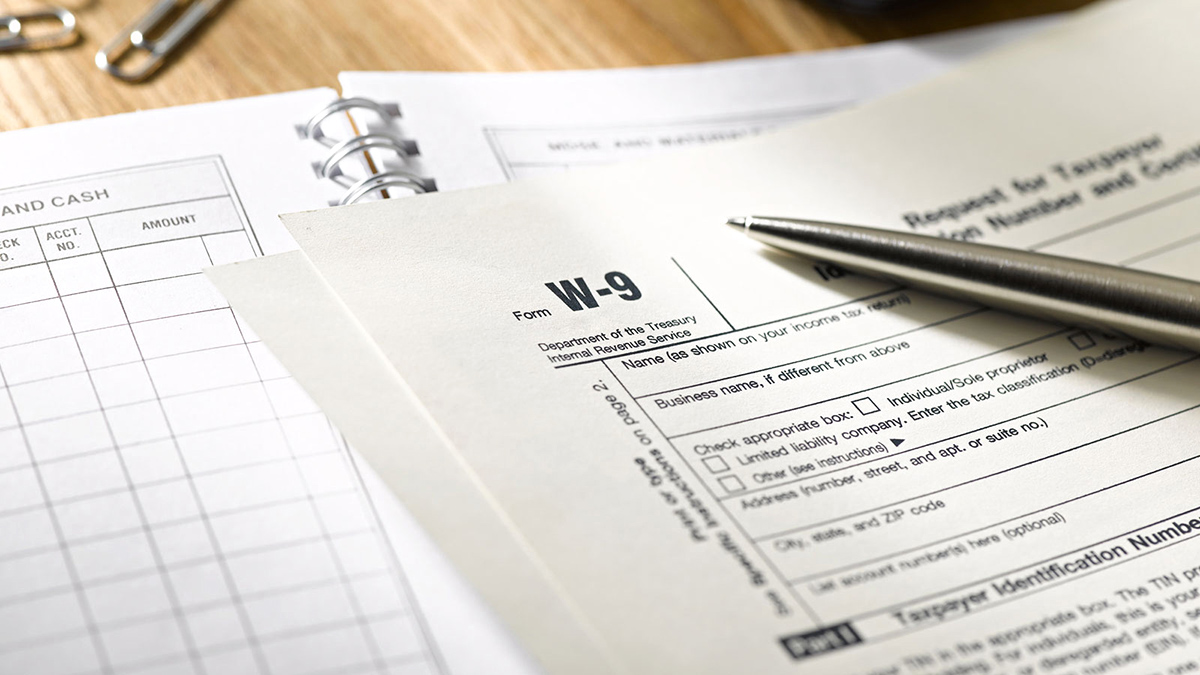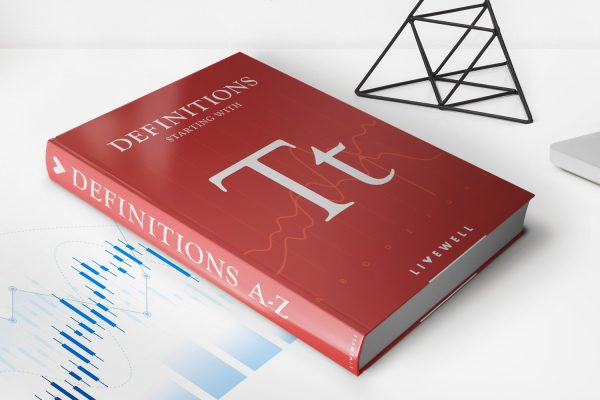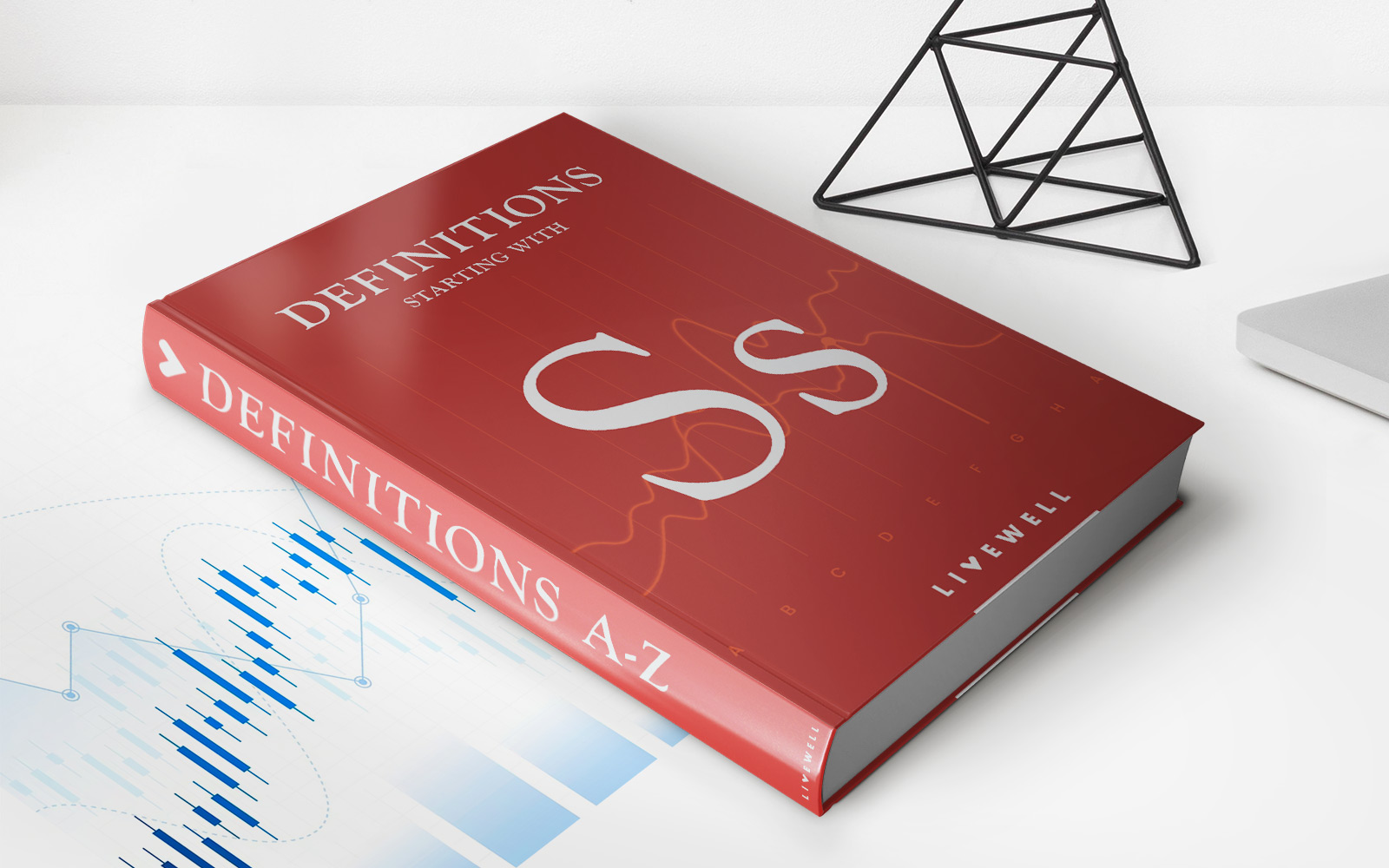

Finance
New Tax Brackets: What You Have To Pay
Modified: September 6, 2023
Explore the new tax brackets for 2020 which officially revealed by the United States Internal Revenue Service (IRS) - and discover how to avoid penalties.
(Many of the links in this article redirect to a specific reviewed product. Your purchase of these products through affiliate links helps to generate commission for LiveWell, at no extra cost. Learn more)
The Alternative Minimum Tax (AMT) was created in the 1960s to prevent high-income taxpayers from avoiding the individual income tax. This parallel tax income system requires high-income taxpayers to calculate their tax bill twice. The Internal Revenue Service has released the 2020 new Tax Brackets.
There are seven federal tax brackets for 2019: 10%, 12%, 22%, 24%, 32%, 35% and 37% also, the bracket depends on taxable income and filing status.
The first set of numbers shows the brackets and rates that apply to the current 2019 tax year and relate to the tax return you’ll file in 2020. The second set shows the tax brackets and federal income tax rates that apply to the 2020 tax year and relate to the tax return you’ll file in 2021.

Photo from maxpixels.net
Once under the ordinary income tax system and again under the AMT. The taxpayer then needs to pay the higher of the two. The IRS released an update for the 2020 new Tax Brackets and Rates.
The AMT uses an alternative definition of taxable income called Alternative Minimum Taxable Income (AMTI) so, to prevent low- and middle-income taxpayers from being subjected to the AMT, taxpayers are allowed to exempt a significant amount of their income from AMTI.
Nonetheless, this exemption phases out for high-income taxpayers. The AMT is raised at two rates: 26 percent and 28 percent.

Photo by 401kcalculator.org from flickr.com
2020 New Tax Brackets and Rates
In 2020, the income limits for all the new tax brackets and all filers will be adjusted for inflation and will be as follows.Therefore, the top marginal income tax rate of 37 percent will hit taxpayers with taxable income of $518,400 and higher for single filers and $622,050 and higher for married couples filing in conjunction.
2020 New Tax Brackets and Rates
| Rate | Single Individuals, Taxable Income Over | For Married Individuals Filing Joint Returns, Taxable Income Over | Heads of Households, Taxable Income Over |
| 10% | $0 | $0 | $ 0 |
| 12% | $9,875 | $19,750 | $14,100 |
| 22% | $40,125 | $80,250 | $53,700 |
| 24% | $85,525 | $171,050 | $85,500 |
| 32% | $163,300 | $326,600 | $163,300 |
| 35% | $207,350 | $414,700 | $207,350 |
| 37% | $518,400 | $622,050 | $518,400 |
Source: Internal Revenue Service
Standard Deduction And Personal Exemption
The standard deduction on the new tax brackets and rates for single filers will increase by $200, and by $400 for married couples filing jointly.
The personal exemption for 2020 remains eliminated.
2020 Standard Deduction
| Filing Status | Deduction Amount |
| Single | $12,400 |
| Married Filing Jointly | $24,800 |
| Head of Household | $18,650 |
Source: Internal Revenue Service
Alternative Minimum Tax
The Alternative Minimum Tax (AMT) was created in the 1960s to prevent high-income taxpayers from avoiding the individual income tax.Above all, this parallel tax income system requires high-income taxpayers to calculate their tax bill twice and once under the ordinary income tax system and again under the AMT. The taxpayer then needs to pay the higher of the two.
The AMT exemption amount for 2020 new Tax Bracket is $72,900 for singles and $113,400 for married couples filing jointly
2020 Alternative Minimum Tax Exemptions
| Filing Status | Exemption Amount |
| Single Individuals | $72,900 |
| Married Filing Jointly | $113,400 |
Source: Internal Revenue Service
In 2020, the 28 percent AMT rate applies to excess AMTI of $197,900 for all taxpayers ($98,950 for married couples filing separate returns).
AMT exemptions phase out at 25 cents per dollar earned once taxpayer AMTI hits a certain threshold and in 2020, the exemption will start phasing out at $518,400 in AMTI for single filers and $1,036,800 for married taxpayers filing jointly
2020 Alternative Minimum Tax Exemption Phaseout Threshold
| Filing Status | Threshold |
| Single Individuals | $518,400 |
| Married Filing Jointly | $1,036,800 |
Source: Internal Revenue Service
Earned Income Tax Credit
The maximum Earned Income Tax Credit in 2020 for single and joint filers is $538, if there are no children. The maximum credit is $3,584 for one child, $5,920 for two children, and $6,660 for three or more children. All these are relatively small increases from 2019.
| Filing Status | No Children | One Child | Two Children | Three or More Children | |
| Single or Head of Household | Income at Max Credit | $7,030 | $10,540 | $14,800 | $14,800 |
| Maximum Credit | $538 | $3,584 | $5,920 | $6,660 | |
| Phaseout Begins | $8,790 | $19,330 | $19,330 | $ 19,330 | |
| Phaseout Ends (Credit Equals Zero) | $15,820 | $41,756 | $47,440 | $50,954 |
Source: Internal Revenue Service
Child Tax Credit
The child tax credit totals at $2,000 per qualifying child and is not adjusted for inflation. However, the refundable portion of the Child Tax Credit is adjusted for inflation but will remain at $1,400 for 2020.
Capital Gains
The Long- term capital gain includes FDI and movements of financial capital with maturity of more than one year including equities.
Long-term capital gains are taxed using different brackets and rates than ordinary income for the new Tax Brackets and Rates .
| Unmarried Individuals | Married Individuals Filing Joint Returns | Heads of Households | ||
| Taxable Income Over | ||||
| 0% | $0 | $0 | $ 0 | |
| 15% | $40,000 | $80,000 | $53,600 | |
| 20% | $441,450 | $496,600 | $469,050 | |
| Additional Net Investment Income Tax | ||||
| 3.8% | MAGI above $200,000 | MAGI above $250,000 | above $200,000 | |
Source: Internal Revenue Service
Qualified Business Income Deduction (Sec. 199A)
The Tax Cuts and Jobs Act includes a 20 percent deduction for pass-through businesses against up to $163,300 of qualified business income for single taxpayers and $326,600 for married taxpayers filing jointly.
2020 Qualified Business Income Deduction Thresholds
| Filing Status | Threshold |
| Single Individuals | $163,300 |
| Married Filing Jointly | $326,600 |
Source: Internal Revenue Service
Annual Exclusion For Gifts
In 2020, the first $15,000 of gifts to any person is excluded from tax, so the exclusion is increased to $157,000 for gifts to spouses who are not citizens of the United States.
If you qualify for a Health Savings Account, you can add a little more.The individual limit has been raised from $3,500 to $3,550 and the family plan max has jumped $100 to $7,100.
Contribution limits for 401(k) and 403(b) (along with some 457 plans) jumped from $19,000 in 2019 to $19,500 and people who are over 50 can now contribute up to $6,500, also, the lifetime gift and estate tax exemption has climbed to $11.58 million per individual, a $118,000 increase from 2019.
The 2020 new Tax brackets and Rates will certainly affect those with high income and will remain the same for those in the lower margins of the bracket.
How To Be Included In The Lower Tax Bracket
The most common ways to reduce your tax bill are credits and deductions. The tax credits directly reduce the amount of tax you are in debt to, but they do not affect your standing in the bracket.
Tax Deductions, on the contrary, reduce how much your income is subject to taxes. Deductions lower your taxable income by the percentage of your highest federal income tax bracket. Lastly, claim all the tax deductions you have, they can reduce your taxable income and could place you in the lower bracket, which will make you pay a lower tax rate.
In conclusion, to avoid penalties, you should follow the payments provided by the IRS for 2020’s new Tax Brackets.














